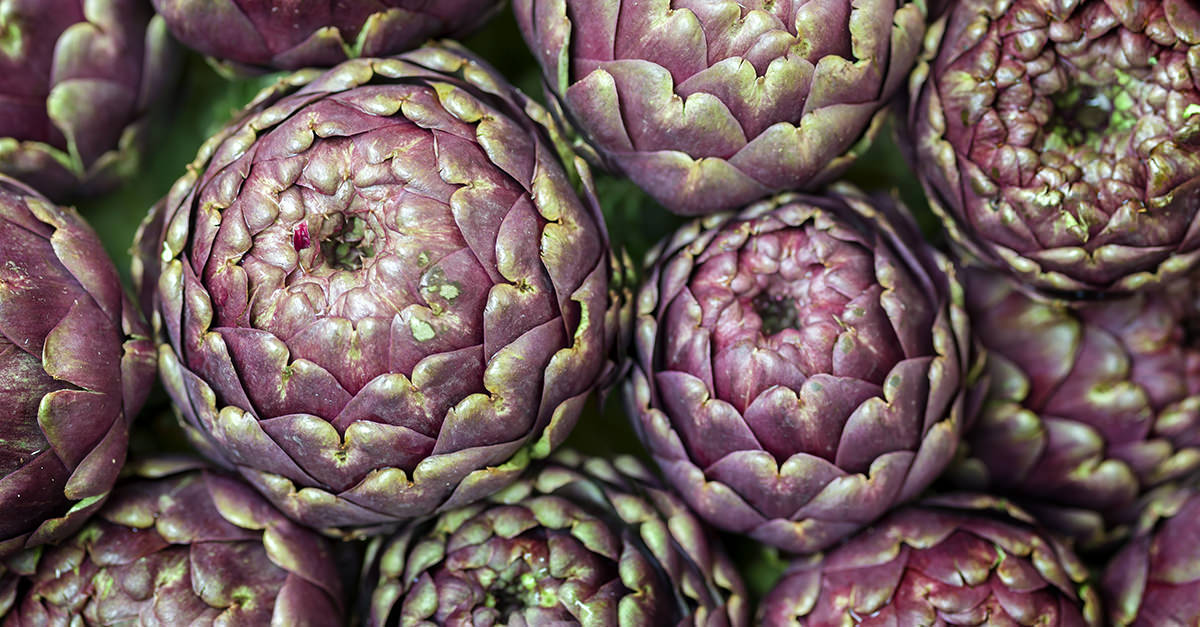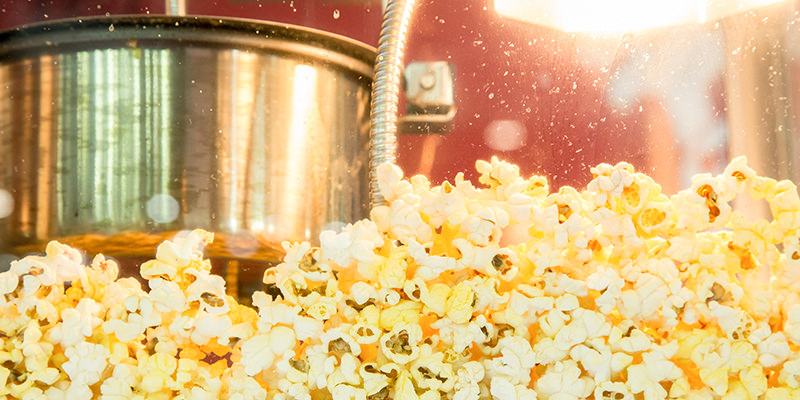The flavor spectrum of spirits has to do with a few essential elements. There’s the base ingredient—say, agave (tequila), molasses (most rums), barley (Scotch), etc. There’s the distilling process—a pot distilled spirit will have more congeners impacting the final flavor, while column distillation generally produces a cleaner, more neutral base spirit. And then there’s optional aging—maybe in a charred new oak barrel (bourbon) or a barrel once used to age Port or Sherry (certain Scotches).
But that covers the basic, classic spirits spectrum. Ever since we first figured out we could distill alcohol into even higher strength alcohol, we haven’t stopped experimenting with the body, ABV, and yes even the flavors of our hooch. Which means there’s a whole world of other, and unlikely, flavors at work in your local liquor store—some of them the product of recent innovation, some of them as old school it gets.
Some of the most interesting old school unexpected flavors are found in liqueur. And that’s no surprise—liqueurs are sweetened liquor products that are generally infused with other flavoring agents, anything from herbs and spices to tree bark, roots, and fruit. Here are a few of the most interesting liqueurs, with flavors ranging from herbs and flowers to mint, artichoke, and licorice candy:
- Chartreuse—A Field of Herbs This is the green (or yellow) stuff you’ll see behind almost any bar, and often in an old neglected liquor cabinet. But don’t throw this away, no matter how dusty the bottle. Chartreuse is a centuries’ old recipe, historically made by monks and protected by a vow of silence, with 130 different herbs going into each bottle. The green stuff has a bit more complexity, while the yellow is a later, and slightly gentler, innovation.
- Cynar—Artichoke (Sort of) Distinctive for the classic artichoke on the bottle, drinking Cynar actually won’t taste like you’re eating your vegetables. A classic Italian “digestivo,” Cynar is a bitter liqueur (aka amaro) that’s made with more than a dozen different ingredients, including the classic artichoke. But the result tastes more darkly complex and bitter, with a bit of sweetness to round off that intensity.
- Absinthe—Licorice (Hallucination-free!) Until recently banned in the U.S. (sort of), and also known as the “Green Fairy” for its supposed (but debunked) ability to cause hallucinations, absinthe is actually just a strong, green-tinted liqueur made with anise seed, fennel, and yes the notorious wormwood (apparent source of thujone, which is still falsely sold as the source of hallucinations). The most intense thing about absinthe—besides its incredibly high ABV—is the strong anise/licorice flavor, comparable to Ouzo but with other herbal complexities in the background. Not as sweet as Pastis, which uses star anise.
- Fernet Branca—Menthol/Eucalyptus A bartender favorite, Fernet Branca is another amaro—or Italian bitter liqueur—made with a whole slew of roots, herbs, and spices. The liqueur is dark in color and packs a punch of flavor, with a characteristic menthol/eucalyptus flavor cooling off the dark, bitter complexity.
- Crème de Violette—Flowers! Yes, you can have flowers in your drink (floral botanicals actually have a big place in the spirits/liqueur worlds). Essential in the classic Aviation cocktail, crème de violette is made from violet flowers and a neutral base spirit, with a sweetness that complements the floral notes.
Believe it or not, these are the more traditional liqueurs (some with centuries of history, some with decades). More liqueurs have popped up with flavors ranging from Godiva chocolate to pumpkin to cinnamon candy (ever heard of Fireball?).
But oddball flavors exist beyond the sweet liqueur world. Pechuga is actually a very rare form of mezcal that’s distilled with seasonal fruits and a raw chicken breast. (The chicken breast is cooked by the distillation heat, and is thought to soften some of mezcal’s raw smokiness.) Peat-dried barley malt, of course, famously imparts smokiness to certain Scotch whiskies, with Islay whiskies especially showing not just a range of smoky, oily flavors but notes of briny, sea salt air. And then there are spirits like gin, which can be infused with a range of botanicals and citrus but are always defined by a distinctive Christmas tree juniper flavor.
And, lest we forget, vodka. Yes, the spirit that’s specifically column distilled to be as neutral and unflavored as possible has become like a blank canvas onto which liquor companies paint a variety of flavors, from birthday cake to buttered popcorn. To honor that unexpected, but apparently successful, enterprise, a small sampling of the wide array of flavored vodkas out there:
- Three Olives Loopy (Fruit Loops flavored) Vodka
- Van Gogh PB&J Vodka
- Cupcake Gingersnap Vodka
- 360 Buttered Popcorn Vodka
- Naga Chilli Vodka (super hot, at an advertised 250,000 Scoville level)
- Pinnacle Cookie Dough Vodka
- Oddka Electricity Vodka (which does not actually taste like lightning, more like blue alcoholic fruit candy)
The list, as you could probably guess, goes on and on.

